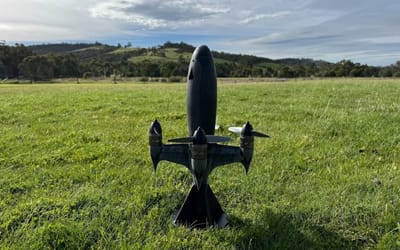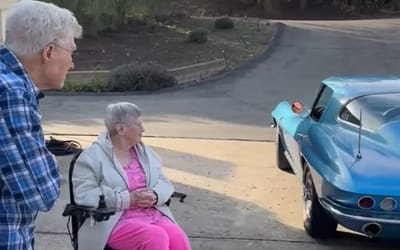Supercar Blondie answers: what makes a car veteran, vintage, post-vintage, classic & a modern classic?
- What makes a car vintage, veteran, post-vintage or classic?
- There are definitions for each, usually based on age
- Here’s how old cars must be to fit those categories
Published by Claire Reid
Edited by Kate Bain
Most of us are familiar with terms like vintage and classic, but have you ever wondered what actually makes a classic car a classic?
Alongside classics and vintages, you’ve also got veterans, modern classics, and post-vintages.
The age of the vehicle, naturally, plays a part but it’s not as clear cut as you might think.
A lot more goes into declaring a car a classic, vintage, or veteran.
DISCOVER SBX CARS – The global premium auction platform powered by Supercar Blondie
What makes a car veteran?
While you may have heard of classics and vintages, you might not have heard of a veteran vehicle – but it generally refers to much older vehicles.
Cars and trucks built pre 1919 are classed as ‘veterans’.

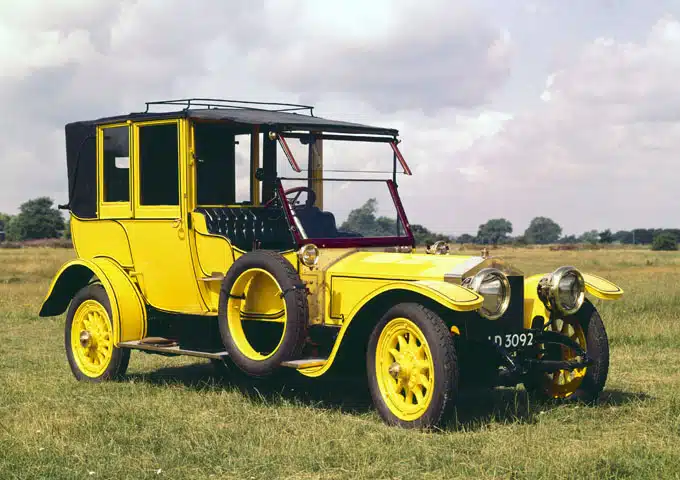
This includes cars such as the early model Rolls-Royce Silver Ghost, which was launched in 1906, and the original Ford Model T which was introduced back in 1908.
As you might expect, there are fewer veteran cars out and about than classics or vintages, with many of them now unfortunately lost to the passage of time.
What makes a car vintage?
Although many folks use the term ‘vintage’ to describe any older vehicle, there is actual criterion.
Generally, cars built between 1919 and 1930 are deemed vintage, but different classic car groups may have slight variations.
Cars that sit within this group include the original Rolls-Royce Phantom, which went into production in 1925, and the Alfa Romeo G1, which was produced between 1921 and 1923.
Much like veteran vehicles, you won’t see too many vintages driving around, but there are plenty still stashed away in collections.
What makes a car post-vintage?
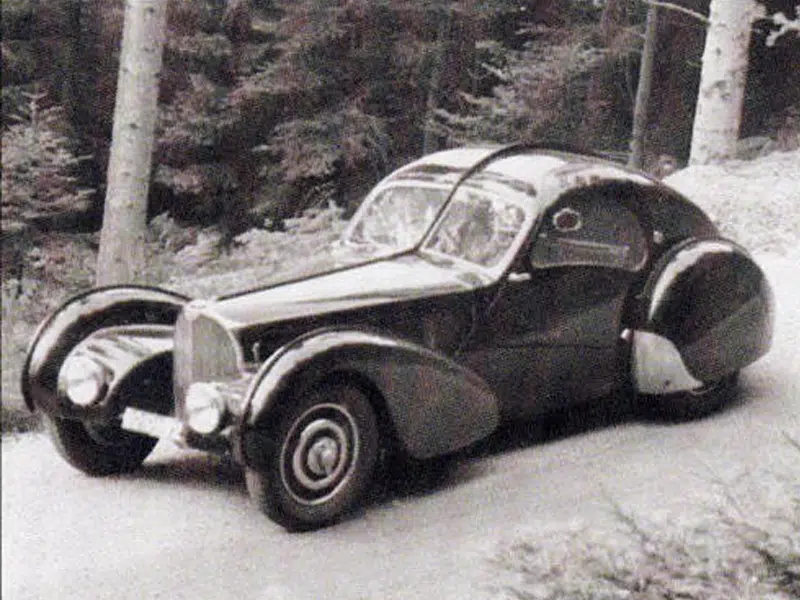
Much like veteran, post-vintage is one of the lesser-known terms when it comes to older vehicles.
As its name suggests, it refers to vehicles built after the end of the 1930s ‘vintage era’ of car making and includes cars made from 1931 to 1945.
Examples of post-vintage vehicles, include the Bentley Mark V, which was introduced in 1939, but had its production run cut short due to the outbreak of World War II; and the Bugatti Type 57, including the long-lost Bugatti Type 57SC La Voiture Noire, which was made in 1936.
What makes a car classic?
The term classic car is a little bit looser than some of the other categories and is often used as a bit of a catch-all.
The Classic Car Club of America defines a classic car as a ‘fine’ or ‘distinctive’ vehicle built between 1915 and 1948.
However, when it comes to insurers, a much more modern vehicle can be considered a classic.
There’s no strict legal or automotive definition of the term ‘classic car’ and what cars make the grade differs between different countries and even from state to state in the US.
However, according to Nationwide, in the US a car typically only needs to be 20 years old to be considered a classic for insurance and registration purposes.

“For insurance and registration purposes, the age of a classic car, in most cases, is at least 20 years old but not more than 40 years old,” the website states.
So that means, using that definition, cars made between 1985 and 2005 would also be considered classics.
Meanwhile, in the UK, HMRC considers cars older than 15 years to be classics, according to Howden Insurance.
But insurers might have different guidelines and rules, and people who own cars that are only a couple of decades old may also struggle to join classic car groups.
Many of the guidelines also specify that classic cars should be kept in their original state, meaning any repairs or restorations are kept consistent with the original car, including the materials and parts used.
What makes a car a modern classic?
A modern classic is a vehicle that was made between 1980 to 2000, which is probably going to make a lot of us feel old – but they are sometimes referred to as ‘youngtimers’ in Europe, if that makes you feel any better?
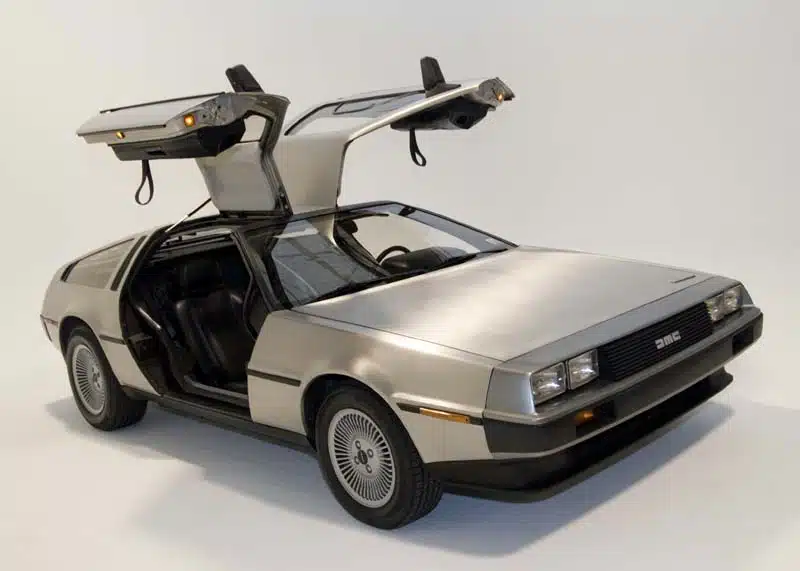
Modern classics include vehicles such as the DMC DeLorean, which was produced between 1981 and 1983, and is definitely a design classic; the Ferrari F355, which was launched in 1994; and the early model Toyota RAV4, which went into production in 1994.
So, it’s a bit of a mixed bag when it comes to modern classics.
DISCOVER SBX CARS: The global premium car auction platform powered by Supercar Blondie
Claire Reid is a journalist who hails from the UK but is now living in New Zealand. She began her career after graduating with a degree in Journalism from Liverpool John Moore’s University and has more than a decade of experience, writing for both local newspapers and national news sites. Claire covers a wide variety of topics, with a special focus on cars, technology, planes, cryptocurrency, and luxury.


